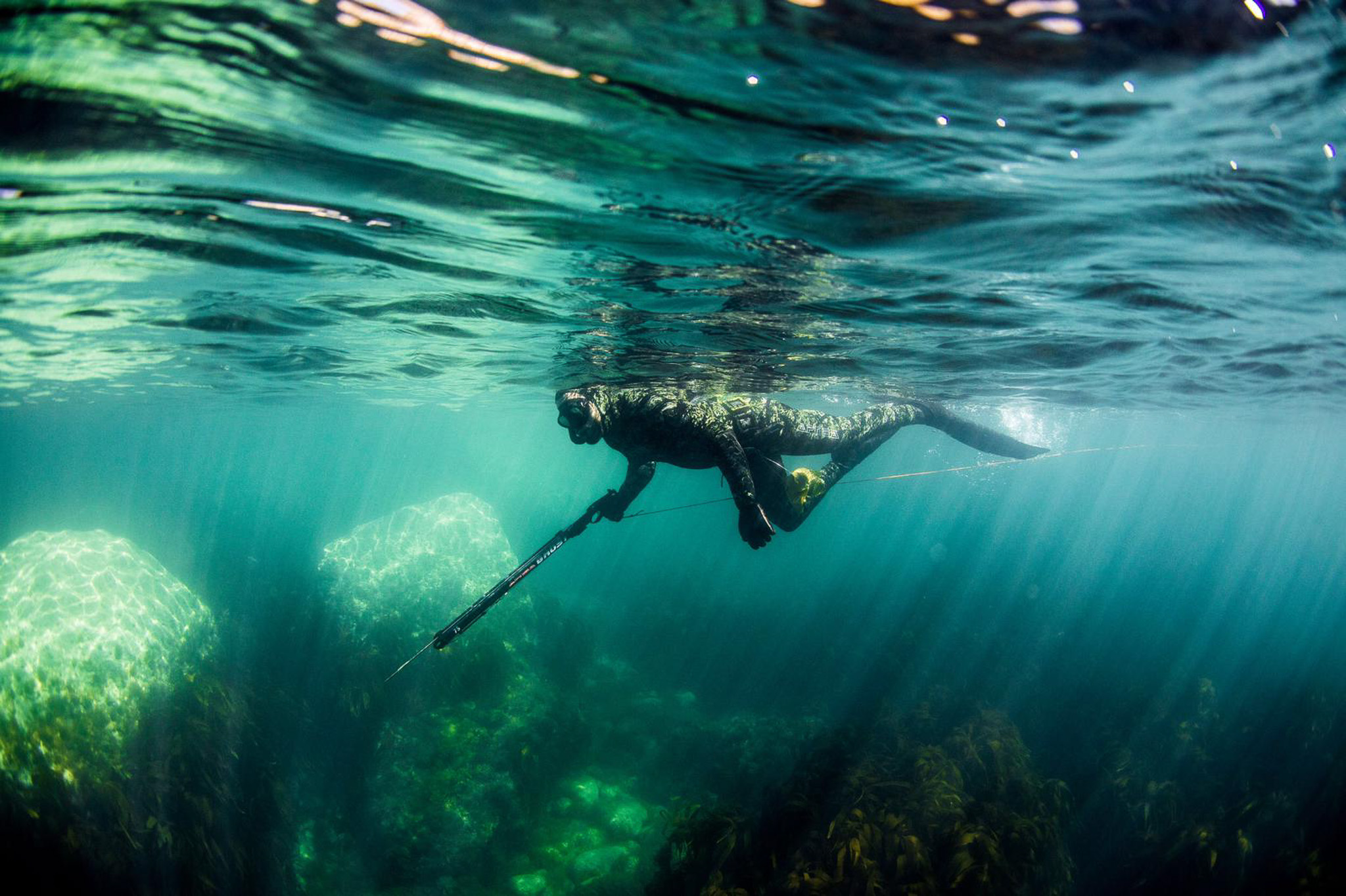
By Jay Morton
When people think of courage, they often picture running toward gunfire, standing on the edge of a cliff, or facing some external threat. But courage is also internal. It’s about what we do when panic starts to rise, not just in dangerous environments, but in controlled ones too. One of the clearest examples I’ve found in my post-military life is freediving. At 30 metres below the surface, with no oxygen tank, no one to help you, and your body screaming to breathe, you don’t fight panic, you learn to dance with it. That takes courage.
During my time in the special forces, we were trained to remain calm under unimaginable pressure. But calmness wasn’t something we were born with, it was drilled into us through knowledge, repetition, and exposure. Freediving is no different. You build up your tolerance for the discomfort. You train your mind to understand what’s happening in your body, to stop interpreting that rising CO₂ as an emergency. That ability to control the urge to panic is trainable. And when you realise you can control it, you unlock another level of confidence in yourself.
Research backs this up. Studies in sports psychology and human physiology show that the ability to manage panic is linked to interoceptive awareness, the brain’s ability to interpret internal body signals. A paper by Paulus and Stein (2010) describes how training increases the brain’s tolerance of these signals, reducing the “alarm” response. Similarly, high-level athletes and military personnel show greater activation in the prefrontal cortex, the part of the brain responsible for decision-making and emotional control, during stress situations (Cooke et al., 2014). In freediving, that translates to resisting the urge to shoot back to the surface when your body tells you to.
This is why I love teaching and pushing experiences like freediving on Concept Expeditions. It isn’t about holding your breath or diving deeper, it’s about building the mental muscle that keeps you steady when everything else tells you to panic. Courage isn’t the absence of fear or panic. It’s being able to hold the line when those sensations come for you.
Whether it’s the battlefield or the ocean floor, panic is part of the game. The difference is whether you let it control you, or learn to master it. Panic takes courage. But courage can be trained.